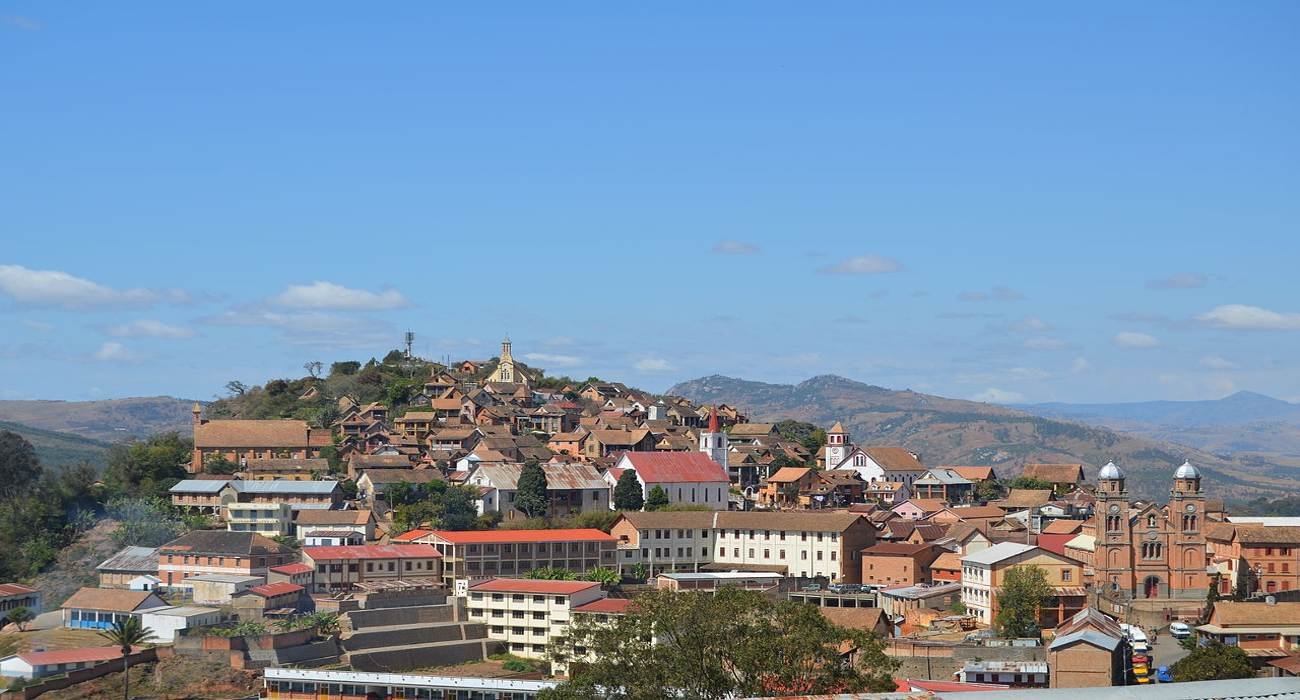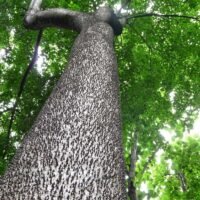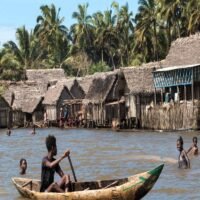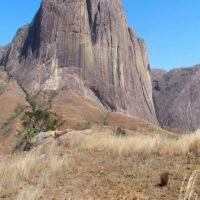The capital of the Betsileo, Fianarantsoa is located approx. 450 km south of Antananarivo, today it is a major university center with over 10,000 students from all over the south of the country.
The region is rich in the production of agricultural products and famous for raising livestock. There are also industries that deal with rice processing, beef conditioning, brick processing and wood processing. Vine cultivation is also important for the local economy.
The vines, imported from the French and Swiss, give red, rosé and white wines with a fairly fruity taste, which are tasted in the cellars of the vineyards surrounding the city. Not the best for those accustomed to drinking Italian or Californian wines.
Former headquarters of Christian missionaries, Fianarantsoa is today also considered the intellectual center of Madagascar.
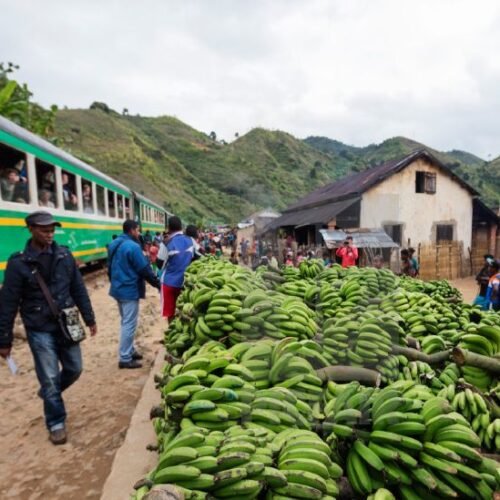
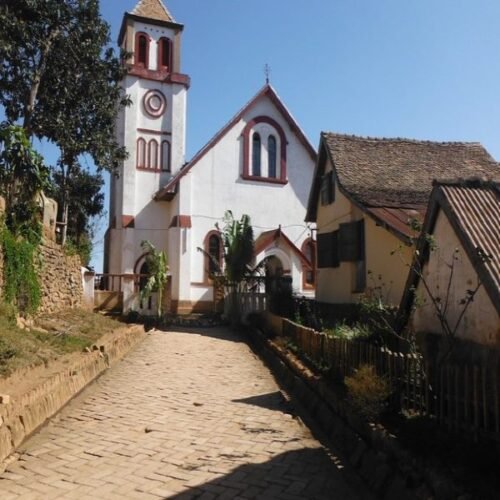
History of Fianarantsoa
The city was built in 1830 by Queen Ranavalona I, who wanted the construction of a twin city of Antananarivo, with its highest point at 1374 meters above sea level, on the site of a village called Ivoenava, when the country of Betsileo was under the control of Merina. Just like in the Malagasy capital, Antananarivo, a Royal palace became the main element and dominated the city with all its majesty. Similarly, an artificial lake was dug up and called Lac Anosy. Tradition had it that people in optimal conditions remained on the heights, not far from the Governor’s palace, while the inhabitants of more modest conditions shared the foot of the hill, as a sign of submission and respect for the older ones. During the colonial period, a railway line was built linking Fianarantsoa to Manakara, a coastal city located 163 kilometers away on the east coast of the Big Island. This connection has actively participated in the economic development of the region and the city has experienced a real boom. The farmers of Betsileo were quickly known for their excellence in rice cultivation, and later for their vineyards and tea.
What to see in Fianarantsoa
Fianarantsoa is a city to discover for the many attractions it offers. The most interesting part of Fianarantsoa is the Upper City, where many architectural remains dating back to the reign of the queen of Madagascar Ranavalona I. Also worth mentioning is the Antranonbiriky temple (1857) and the Ambozontany cathedral (1890). Below the upper Town quarter, the Middle quarter groups the administrative offices and the main market. Finally the lower city where we find the neighborhoods of the working class with its many shops several open-air markets.
From Fianarantsoa you can make several excursions, Sahambavy “the field of women” to admire the endless expanses of tea fields with its tea factory. As mentioned in the part of the story, Fianarantsoa is the first station of the railway line that connects the capital Betsileo with Manakara on the east coast, the train leaves every Tuesday and Saturday at 7 am. Just for the record, Sahambavy is the first stop after Fianarantsoa.
Soatanana is a village nestled in the middle of a mountainous amphitheater west of Fianarantsoa. The village was created in the late 19th century after a missionary brought the foundations of the apostolic religion to it. A large mass is held every Sunday and continues on the streets during the community walk. The walk to the top of the Silver Mountain offers a magnificent view of the surroundings. Note that the Ranomafana National Park is an hour’s drive from Fianarantsoa.
